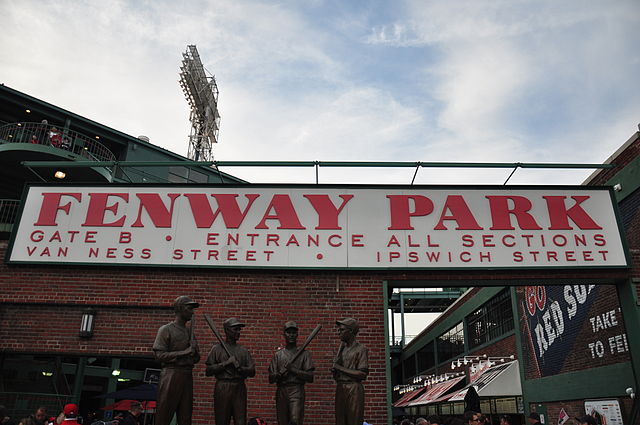Fenway Park, Wrigley Field, Dodger Stadium – these aren’t just places to watch a ball game, its about history, traditions, memories.
But maybe not so much anymore. In Arlington, city leaders are moving forward with plans to build a new $1 billion ballpark for the Texas Rangers. Eliot Brown, writer for the Wall Street Journal, says the move is part of a trend, one in which ballparks are subject to shorter lifespans and cities foot much of the bill for their replacements.
With the current Rangers stadium only 22 years old, why is Arlington moving forward with a new one?
“The short answer is because they can, and the city’s willing to give them a lot of money to help them do that,” Brown says.
He says that a desire for updated facilities with more capabilities – like air conditioning – is shortening the lifespan of stadiums. New owners also often want to build new stadiums.
“I think generally these decisions are always made by an owner, and new owners often want new stadiums simply because it’s nice to have a new building,” Brown says.
Most of the classic stadiums, like Fenway Park for example, are gone, Brown says. And when many new stadiums were built in the 1990s, they were pitched as “retro-classic” stadiums that would be around for a long time. But now they’re being replaced too, as fans and owners expect more.
“(With Wrigley Field and Fenway Park), there’s a special case where nostalgia has sort of outdone any other economic pressure that there might be, but generally, I think our expectations grow ever more,” Brown says. “Now when you build a new ballpark today, compared to early 90s, you make it much bigger, and make it more of a whole day entertainment thing.”
Listen to the full interview in the audio player above.















